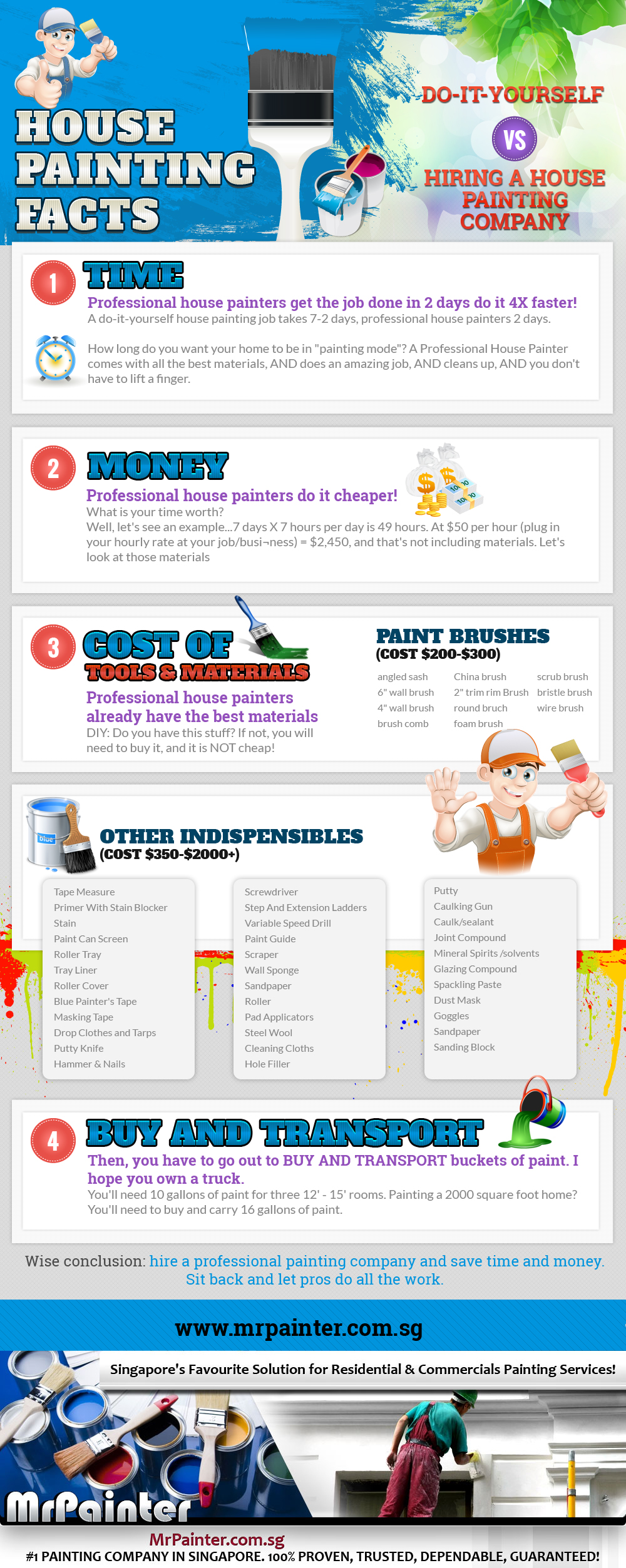Just How Do Well-Chosen Shades Influence Your Brand'S Appearance In Business External Paint? Delve Into The Crucial Aspects That Lead Your Decision-Making Process
Just How Do Well-Chosen Shades Influence Your Brand'S Appearance In Business External Paint? Delve Into The Crucial Aspects That Lead Your Decision-Making Process
Blog Article
Writer-Williford Helbo
When it comes to commercial outside paint, the colors you select can make or damage your brand's appeal. Understanding just how various shades influence understanding is crucial to attracting consumers and building trust. But it's not practically personal preference; neighborhood trends and policies play a significant function too. So, just how do you locate the excellent balance in between your vision and what resonates with the community? Let's explore the crucial aspects that assist your color selections.
Recognizing Shade Psychology and Its Effect On Business
When you select colors for your organization's outside, recognizing color psychology can considerably influence how potential clients regard your brand name.
Shades stimulate feelings and established the tone for your company. As an example, blue usually shares trust and professionalism and trust, making it suitable for banks. Red can create a feeling of seriousness, perfect for dining establishments and inventory-clearance sale.
Meanwhile, color consulting dallas signifies development and sustainability, attracting eco-conscious customers. linked website and triggers positive outlook, however way too much can overwhelm.
Consider your target market and the message you wish to send. By picking the best shades, you not just enhance your visual charm yet likewise align your image with your brand name values, eventually driving consumer interaction and loyalty.
Studying Local Trends and Rules
How can you ensure your outside paint options reverberate with the community? Begin by researching local trends. Browse through neighboring services and observe their color pattern.
Bear in mind of what's preferred and what feels out of area. This'll aid you align your selections with neighborhood aesthetics.
Next off, check neighborhood guidelines. Several communities have standards on outside shades, especially in historic areas. You don't intend to hang around and money on a scheme that isn't compliant.
Involve with regional local business owner or area groups to collect insights. They can supply beneficial comments on what shades are favored.
Tips for Harmonizing With the Surrounding Environment
To develop a natural appearance that mixes seamlessly with your environments, think about the native environment and architectural styles nearby. Begin by observing the shades of close-by buildings and landscapes. Natural tones like eco-friendlies, browns, and soft grays often work well in all-natural setups.
If your home is near lively urban locations, you could pick bolder shades that mirror the local energy.
Next, think of the building style of your structure. Traditional styles may benefit from traditional colors, while contemporary styles can embrace modern palettes.
Test your color selections with examples on the wall to see just how they engage with the light and environment.
Lastly, keep in mind any type of local guidelines or area aesthetic appeals to guarantee your selection improves, instead of encounter, the environments.
Final thought
To conclude, choosing the ideal shades for your industrial outside isn't practically aesthetic appeals; it's a critical decision that impacts your brand's understanding. By tapping into shade psychology, taking into consideration neighborhood patterns, and making certain consistency with your environments, you'll create an inviting ambience that brings in clients. Do not forget to test examples prior to committing! With the best technique, you can raise your business's visual allure and foster long-term customer engagement and commitment.
